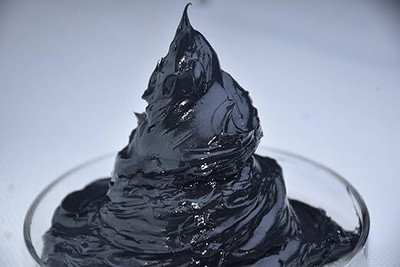sleekmaxiperform Sleek Ultra Moly CV Joint Grease (Sleek Moly CV Joint 5 KG) SLEEK50EP-667 Grease(5 kg, Pack of 1)
Quick Overview
Product Price Comparison
Sleek Ultra Moly CV Joint Grease CV joint grease is a type of lubricant that is used to protect the constant velocity (CV) joints of a vehicle. CV joints are the parts of the axle that allow the wheels to move in different directions and angles. The most suitable type of grease for CV joints is lithium grease, which is a heavy-duty, premium quality grease that contains molybdenum disulfide and graphite. These ingredients help the axle withstand various conditions, such as sliding, shock, or impact. CV joints usually come with the required grease when purchased. Greasing a CV (constant velocity) joint is essential for maintaining its performance and longevity. Here are the steps to grease a CV joint: Safety First: Park your vehicle on a flat surface. Put on safety gear, including gloves and eye protection. Locate the CV Joint: The CV joint is part of the driveshaft and connects the transmission to the wheels. ItŌĆÖs usually covered by a rubber boot to protect it from dirt and debris. Inspect the Boot: Check the rubber boot for any cracks, tears, or damage. If the boot is damaged, it can allow dirt and moisture to enter, leading to premature wear. Remove the Boot: If you need to regrease the joint, youŌĆÖll need to remove the boot. Use a boot clamp tool to loosen the clamps and slide the boot off. Clean the Joint: Wipe off any old grease, dirt, and debris from the joint. Use a clean cloth or a suitable solvent. Apply New Grease: Use a high-quality CV joint grease (usually lithium-based). Apply the grease evenly to the joint and the ball bearings inside. Make sure to cover all surfaces thoroughly. Reassemble: Slide the boot back over the joint. Secure it with new clamps. Ensure the boot is properly seated to prevent leaks. Check for Leaks: After driving, inspect the joint for any signs of grease leakage. If you see leaks, address them promptly. Remember that proper greasing helps maintain smooth operation, reduces wear, and prevents premature failure.


